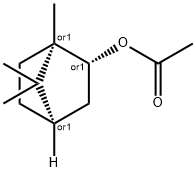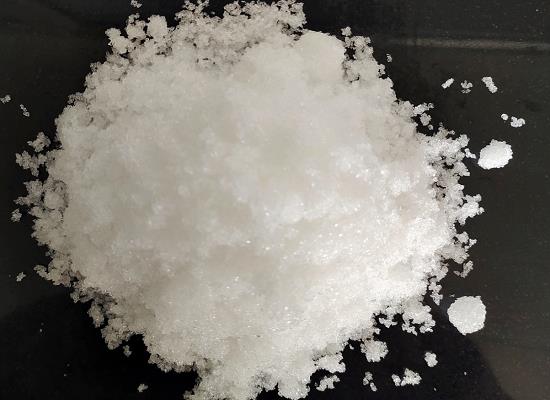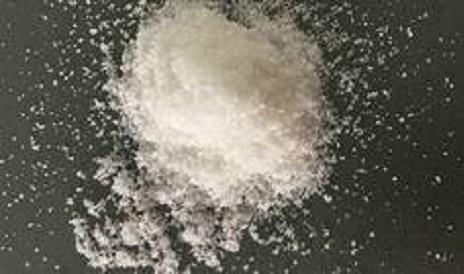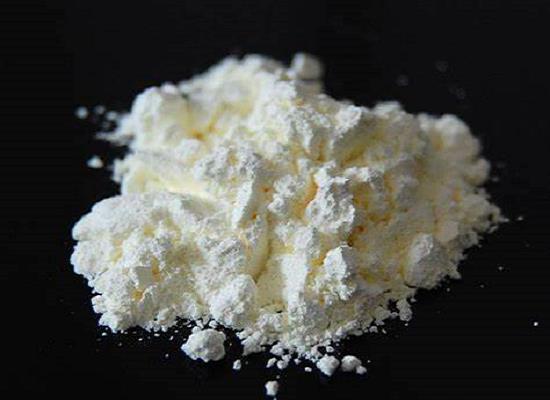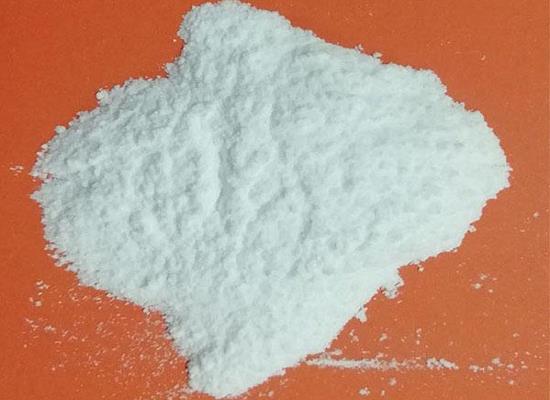Isobornyl acetate: properties, applications and toxicity
General Description
Isobornyl acetate is a synthetic compound commonly used as a fragrance in perfumes and cosmetics. It has a woody, balsamic, and camphor-like odor with a slightly medicinal and minty undertone. This compound is insoluble in water but soluble in organic solvents and oils. Isobornyl acetate finds extensive application in the fragrance industry, where it enhances and sustains the fragrance of various products. It is also occasionally used as an insect pheromone to attract male Asian long-horned beetles for monitoring or control purposes. Additionally, studies have shown that isobornyl acetate possesses antimicrobial properties, inhibiting the growth of bacteria, fungi, and viruses. While generally non-toxic, high concentrations of isobornyl acetate may cause irritation and sensitization reactions, and its flammability should be taken into consideration.
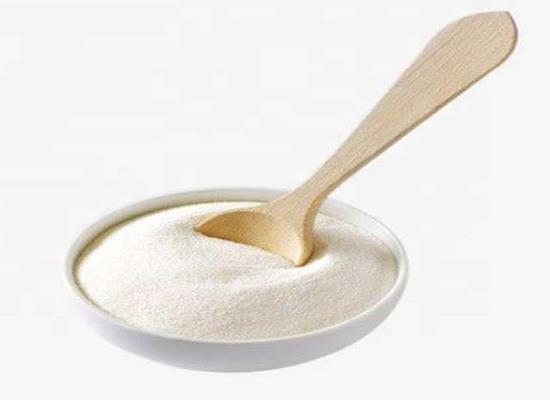
Figure 1. Isobornyl acetate
Properties
Isobornyl acetate is a synthetic compound that is primarily used as a fragrance in perfumes and cosmetics. It is also known as α-iso-bornyl acetate or cis-iso-bornyl acetate and is derived from the terpene alcohol borneol. Isobornyl acetate has a woody, balsamic, and camphor-like odor with a woody, slightly medicinal, and minty undertone. It is insoluble in water but soluble in organic solvents and oils. The compound is widely used in the fragrance industry, where it is valued for its ability to enhance and sustain the fragrance of various products. Isobornyl acetate is also occasionally used as an insect pheromone to attract male Asian long-horned beetles, which are considered a serious invasive species in North America. It is thought to mimic the female beetle's sex attractant and lure the males to a specific location for monitoring or control purposes. 1
Applications
Fragrance industry
Isobornyl acetate is widely used in the fragrance industry for perfumes, cosmetics, and household products. Its fresh and sweet notes blend well with other compounds, creating complex fragrance profiles. In cosmetics, it acts as a fixative agent, maintaining fragrance longevity. In household products like air fresheners, it adds a pleasant floral and fruity ambiance. Isobornyl acetate enhances the overall fragrance experience, making it a valuable ingredient in the industry. 2
Antimicrobial agent
Isobornyl acetate has been studied for its potential use as an antimicrobial agent. It has shown activity against a range of microorganisms, including bacteria, fungi, and viruses. However, the exact mechanism of its antibacterial and antiviral effects is not fully understood. One study investigated the activity of isobornyl acetate against methicillin-resistant Staphylococcus aureus (MRSA), a serious bacterial infection that is difficult to treat. The researchers found that isobornyl acetate effectively inhibited the growth of MRSA and reduced its virulence. Additionally, isobornyl acetate demonstrated activity against a broad range of other Gram-positive and Gram-negative bacteria, including vancomycin-resistant enterococci. Isobornyl acetate has also shown antifungal activity, including against Candida albicans, a common yeast that can cause infections in humans. In one study, isobornyl acetate was effective in inhibiting the growth of C. albicans and reducing its virulence factors. Overall, the studies suggest that isobornyl acetate has potential as an antimicrobial agent against a range of bacteria, fungi, and viruses. However, further research is needed to determine its safety and efficacy in clinical settings. 3
Toxicity
Isobornyl acetate is generally considered non-toxic, but there have been some reports of irritation and sensitization reactions in individuals exposed to high concentrations of the compound. The primary toxicological concern associated with isobornyl acetate is its flammability. It is highly volatile and easily ignitable, posing a risk of fire or explosion if exposed to high temperatures or open flames. Therefore, appropriate safety measures should be taken to avoid potential hazards. Other than its flammability, the toxicity of isobornyl acetate is relatively low. It is not considered to be toxic to the skin or the respiratory system. However, some individuals may experience skin irritation or sensitization reactions when exposed to isobornyl acetate. These reactions may manifest as skin rashes, itching, redness, or swelling. 2
Reference
1. Meng ZL, Qin RX, Wen RS, et al. Study on Synthesizing Isobornyl Acetate/Isoborneol from Camphene Using α-Hydroxyl Carboxylic Acid Composite Catalyst. Molecules, 2023, 28(4):1875.
2. Api AM, Belsito D, Bhatia S, et al. RIFM fragrance ingredient safety assessment, isobornyl isovalerate, CAS registry number 7779-73-9. Food Chem Toxico, 2017, 110 Suppl 1:S1-S8.
3. Bakhshi O, Bagherzade G, Ghamari Kargar P. Biosynthesis of Organic Nanocomposite Using Pistacia vera L. Hull: An Efficient Antimicrobial Agent. Bioinorg Chem Appl, 2021, 2021:4105853.
Related articles And Qustion
See also
Lastest Price from Isobornyl acetate manufacturers

US $0.00/KG2025-04-21
- CAS:
- 125-12-2
- Min. Order:
- 1KG
- Purity:
- 99.0%
- Supply Ability:
- 1000KG/month

US $8.00/kg2025-04-21
- CAS:
- 125-12-2
- Min. Order:
- 1kg
- Purity:
- 0.99
- Supply Ability:
- 10000
